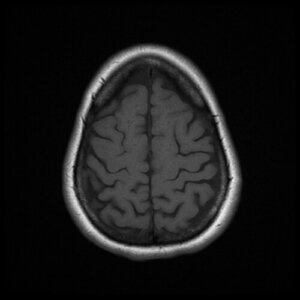Most people hear stroke and think of a sudden attack of symptoms such as slurring speech, drooping face, and one-sided weakness. While this is true, it is not the only way an individual can experience a stroke. Silent strokes, the lesser known type, is common with a prevalence of 8%-28% within the elderly population. It is important to know the signs and symptoms of silent strokes to understand what to look for, especially if you are at risk of having a stroke.
These videos are common misconceptions about stroke:
Signs and Symptoms:
- Clumsiness,
- Lethargy lasting several days,
- Imbalance,
- Changes in memory,
- Changes in mood.
As a result of silent strokes, a person may experience cognitive disabilities such as vascular dementia. It is important to have an idea of signs and symptoms to detect silent strokes early and get medical help.
Testing:
Silent stroke is diagnosed through MRIs and CAT scans. It is important to get checked in order to prevent further strokes that have potential to be physically detrimental.
Risk Factors and Prevention:
Some risk factors include: atrial fibrillation (abnormal heart beat), high blood pressure , diabetes, and high levels of bad cholesterol. Even though these factors play a role in increasing your risk for stroke, there’s a way you can prevent it. Changes in your lifestyle can aid in reducing your risk for silent strokes. Some modifications include:
- Stop smoking: it helps to normalize the thickness of your blood and prevent clots.
- Exercise: to improve blood flow.
- Diet: specifically foods that are low in cholesterol and salt.
- Manage your weight and blood pressure.


Hi Rebecca,
I like the simplicity of your blog post. I thought the information provided throughout the blog was concise and went straight to the point which made the read easy to understand. I thought it was a nice touch to define medical terms for those who do not understand what it means. The videos used provided useful resources to the generalized audience to understand the misconceptions about stroke. From your post, I learned other identifiers of stroke that I was not aware of which will surely help me in the future being in the field of health sciences. Overall, I thought the blog covered the major points of the topic and was nicely done.